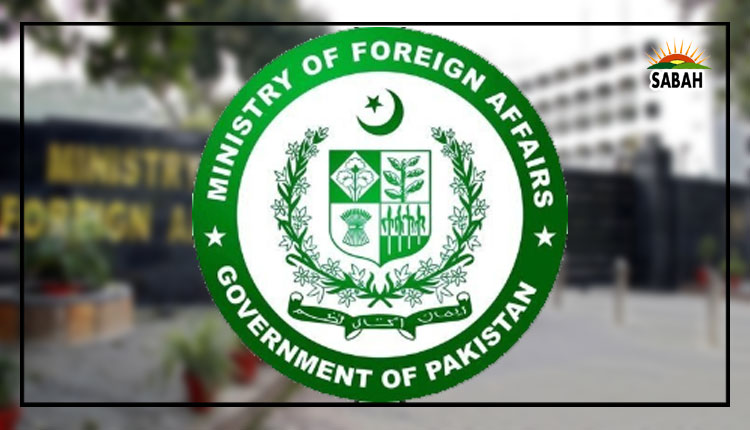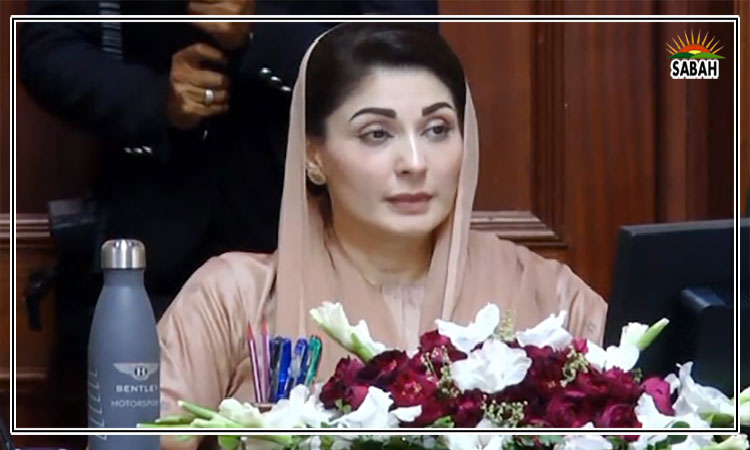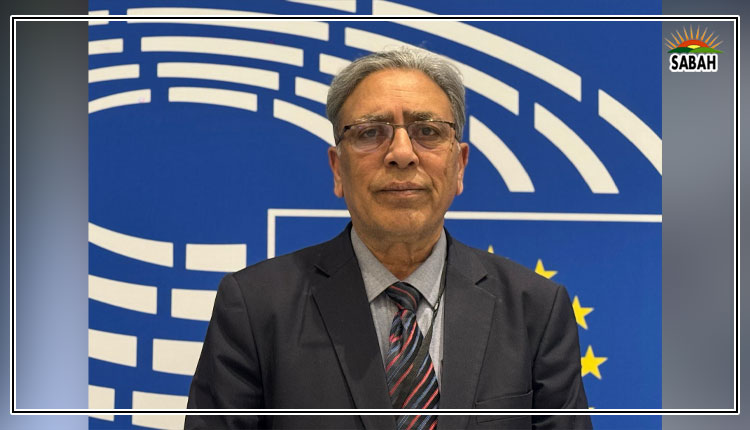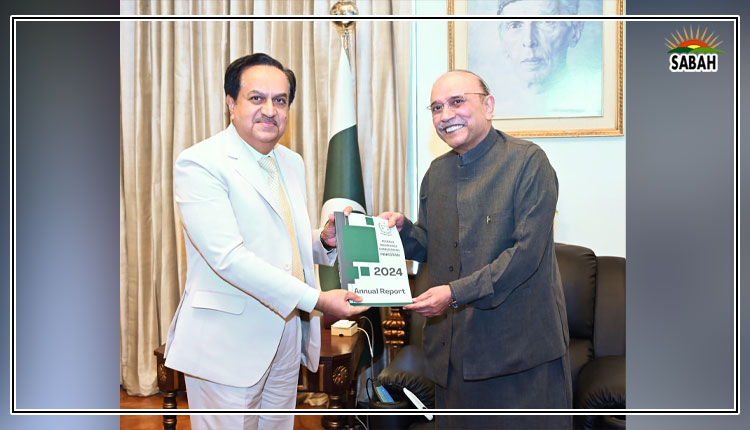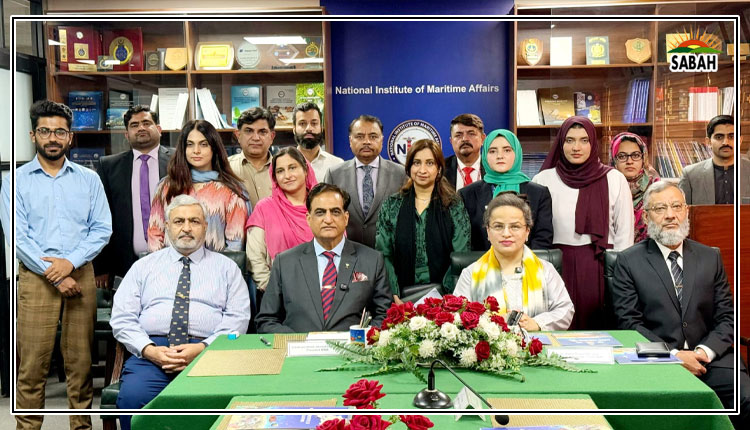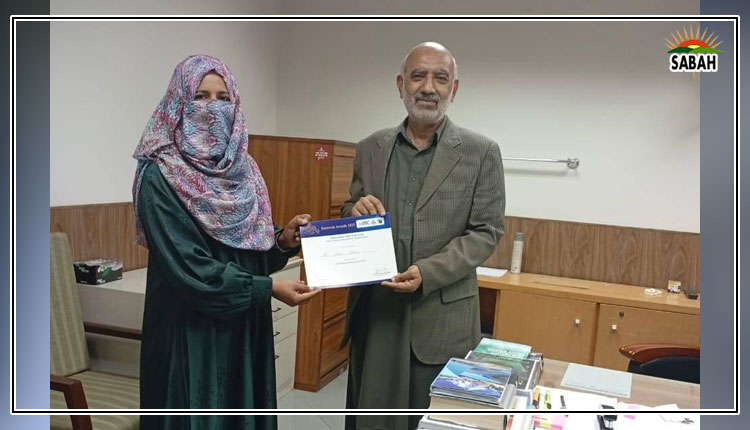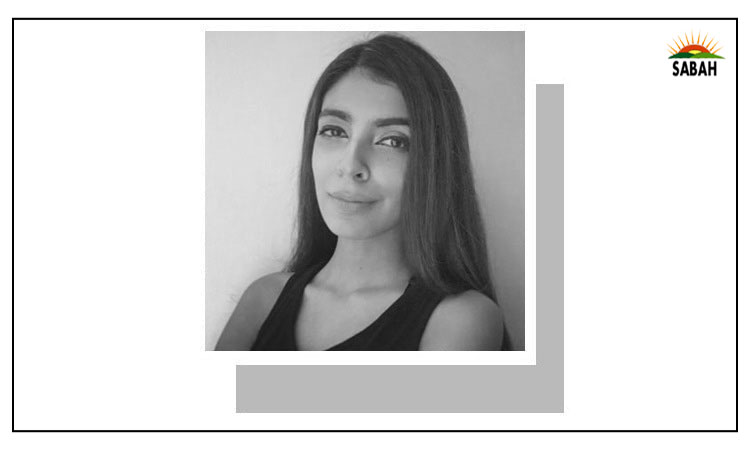Heat the rich ….. Rimmel Mohydin
THE last time Karachi’s mortuaries ran out of space was in 2015, and frighteningly enough, for the same reason. Nine years ago, a merciless heatwave swept Karachi’s most vulnerable, and left behind over 2,000 corpses overwhelming the city’s morgues. Today, the same charities that run these morgues are making eerily similar statements as they did then. There is no more space for the dead, in a world that did nothing for them when they were still alive.
And now, the streets of Pakistan’s largest city are turning up dead bodies every day. Temperatures have soared to almost 50 degrees Celsius, with humidity levels that can render the human body’s cooling mechanisms almost entirely useless. On Monday this week, at least 59 heat-related fatalities were reported. Last week, figures as high as 568 bodies were also being bandied about. Most of the dead were homeless people. The youngest victim identified so far was 20 years old.
A probe has been launched by the National Electric Power Regulatory Authority to investigate the deaths. A report is sought from K-Electric to determine if their load-shedding schedule could be linked to some of the deaths. While it may be of some use to see if protracted power cuts are to blame, it can only tell the picture in part.
Heatstrokes are fairly treatable, if not entirely preventable. It requires access to shade, cooling, water, electrolytes, lightweight clothing, and minimising activities during the hottest parts of the day. Instinctive, straightforward instructions. The state tried to let people know. At the beginning of summer, tips and tricks to prevent heat-related illnesses were published far and wide. It’s easy enough to let people know what they need to do. It’s easier still to believe that that’s all it takes to save lives.
There are no safety nets from the heat and there is no one really questioning that absence.
Awareness campaigns are never the end. This government, that relishes publicising the fulfilling of its most menial obligations, seems to forget that often. The most marginalised groups are rarely in a position to follow public health advice, a reality check that the state urgently needs — perhaps almost as much as the victims needed its intervention. If drinking plenty of fluids was advertised, then why is access to clean drinking water a privilege and not a right? If staying in shaded areas is advised, then why are there so many people sleeping on the roads? If medical care for heat-related symptoms is perceived as unaffordable, then is hospital treatment really an option? And if physical labour is not recommended during peak heat hours, then why is the government not making modified timings compulsory for employers?
The truth is that Pakistan’s poor are despised. This disdain is enshrined in our state budgets, our social structures, the prospects for economic mobility and even in the way we advertise our products. We tax the salaried class into oblivion, make basic utilities scarcely available and charge astronomically for when they are. We pay our domestic staff what we spend on one evening out.
We lock people out of economic opportunities because their education quality and English-language proficiency is lacking. We advertise skin whiteness as an aspirational quality because dark people work in the sun, and that’s because they don’t have the choice not to. We sneer at body odour, not realising that access to clean water is a luxury.
There are no safety nets from the heat and there is no one really questioning that absence. Proximity to a life of disease and early, preventable death is determined by real estate. Faisal Edhi, who heads the Edhi Foundation, wryly pointed out that most of the bodies they are collecting come from areas with the highest load-shedding. There would be hell, worse than the Karachi heat, for K-Electric to pay if areas like Clifton and Defence faced the same degree of power cuts.
The Sindh Climate Change Policy acknowledges that “most of the province is located in the intense heat zone, which is expected to see a 4-5°C temperature increase in the 21st century, therefore the burden on human health will be immense due to heatstrokes, diarrhoea, cholera and vector-borne diseases.” It proposes a needs-assessment to support the development of “effective district-wise health, heat and disaster management plans”. There are no given timelines for this lofty goal. It also advocates the “availability of medication and clean drinking water during climatic extremes and emergencies”. There are no measures indicated as to how either will be ensured.
The Karachi Heatwave Management Plan, a reaction to the 2015 Karachi heatwave, contains detailed guidance on surveillance systems and for issuing public alerts when extreme heat is expected. How closely that’s been followed this year is either a scathing indictment of the policy itself, or the district government responsible for implementing it.
Well-designed, thoughtful, and gender-sensitive social protection programmes aimed at protecting the poorest people from extreme heat should rank highly in our lawmakers’ priorities. Considering there is no provision in our rickety public welfare infrastructure for income support for people who are unable to work normal hours or who suffer sickness due to extreme heat, it is unlikely that Karachi has seen the last of its heat-related deaths. And with climate change taking no prisoners, it is especially likely that the same crisis will unfold next summer.
On July 1, Pakistan’s chief meteorologist Dr Sardar Sarfaraz told the press that the “sea breeze has been restored and the heatwave is over”. This is obviously a welcome development for Karachi’s homeless, daily wage earners, and people who must either brave the sweltering afternoon heat or go hungry.
While there is no expectation of the government holding any sway over the weather, to patiently wait for relief from nature is not a policy.
The writer is a human rights and public advocacy expert.
X: @Rimmel_Mohydin
Courtesy Dawn, July 6th, 2024


